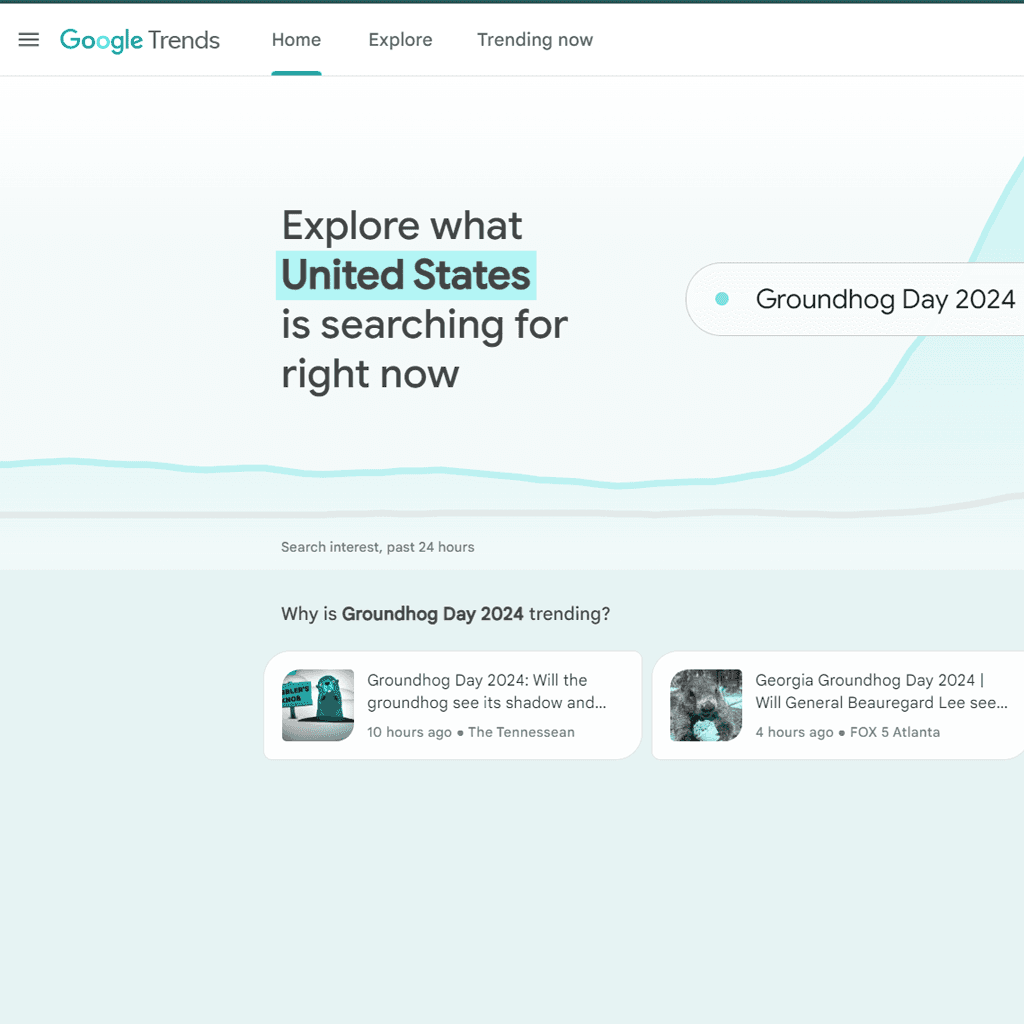Whether you plan to sell goods or services virtually, or you’re interested in promoting your brand or particular cause online, a well-designed, search engine-optimized (SEO) website will significantly increase your chance of success through improved visibility and a superior user experience. Sounds easy, right? It can be if you know what you’re doing. Here are some tips to help you get started.
Define the Website’s Purpose and Target Audience
Before diving into the SEO weeds, consider the big picture: the purpose of your website. Let’s say you’re developing an ecommerce website to sell a product or line of products online. We presume you’ve done extensive research and have developed a marketing plan which covers the “5 Ps” (Product, Price, Promotion, Place, People). Your website should embody your marketing framework insofar as it clearly portrays your brand and product details—differentiating them from the competition—and speaks to your target audience. The messaging must be clear, consistent, compelling, and easily digestible by a typical busy online user with limited time to search.

Incorporate Best Practices in User Experience (UX) Design
Effectively engaging your target audience as described above, keeping them on site and clicking through to multiple pages, is a key component of SEO. That’s because user engagement signals are an important factor in Google’s ranking algorithms. It just so happens when it comes to website design, what’s good for users is also good for Google and other search engines.
In order to attract and retain a user’s attention, develop your website incorporating UX design best practices, which include the following:
- A relevant, memorable domain name
- An appealing (uncluttered) page design and color palette that well represents your brand/product image
- Compelling graphics as well as images and videos of real places, people, and things (not stock photos)
- Logical, clear website structure and navigation
- High-quality original content created for readers in your target audience, displayed in an easily readable format
- Prominent, clear Calls to Action (CTAs)
- Accessibility: The website must be usable by everyone, including those with disabilities
- Responsive design: The website should work well on all devices, including mobile
- A speedy website: Web pages should load within three or fewer seconds
The goal is for the user experience to be as favorable and frictionless as possible so they don’t click away to your competition—‘bouncing’ is neither good for SEO nor your bottom line.
Search Engine Optimization (SEO)
While a well-designed user interface is a good start, there’s more to do for a truly search-optimized website. Let’s explore some of the elements mentioned above in greater detail.
Well-Structured Website Navigation
Websites with a clear, navigable menu structure help both users and search engines discover and understand your content, resulting in higher user engagement and increasing the likelihood your site will appear prominently in relevant search results. Here are some tips for deploying search-optimized navigation:
- Aim for a maximum of seven top navigation menu options; five to six are better.
- Place menus and important links where users are accustomed to finding them: at the top of the page and in the footer menu.
- Be judicious about nesting content too deep within the website; place valuable content no more than two clicks away from the homepage
- For ecomm sites with more than a few products, group them into logical categories. For example, if your site is designed to sell ice skates, you might want to organize your inventory into Recreational Skates, Children’s Skates, Figure Skates, and Hockey Skates, or similar categories. Not only does this ease navigation, it also provides the opportunity to create optimized category landing pages, in addition to optimized product pages to further enhance SEO.
High-Quality Original Content
Google’s algorithms have evolved dramatically in recent years to elevate the ranking of web pages that contain original, high-quality, authoritative content.
It has become next to impossible to ‘game the system’ with old blackhat SEO tactics such as keyword stuffing, hidden text, and buying links. Instead, focus on creating high-quality page content organized in digestible segments with tightly optimized page headings and subheadings that guide both users and search engines.

Keyword Optimization
Keyword optimization remains a critical component of SEO. But choose and use keywords judiciously to match user intent to effectively reach your target audience at the desired stage of their buying journey. Going back to the ice skates ecomm website example, include descriptive keyword phrases as specific as possible to each category and product, instead of just “skates.” So-called long-tail keywords are particularly effective for reaching customers who are ready to convert. Here’s an example: “XXX Brand Ice Hockey Skates – Youth.”
Include Internal and External Links
Internal links help not only users find related content on your site, they serve as a roadmap for search engines, enabling them to find and index linked pages, resulting in improved visibility across your website. External links can also help users and can demonstrate authority to search engines. Best practices typically call for external links to open in a separate window—so the user doesn’t bounce off into the ether, never to return. Internal and external links are separate and distinct from backlinks which we touch on below.
Incorporate Optimized Images and Video
Images, and increasingly, videos, are important to the user experience and therefore valuable search ranking elements. To increase their SEO value, images should have alt-tags, text which explains what the image is to screen readers for site-impaired users, as well as to search engines. Image and video files should be compressed for faster page loading.
Additional Technical SEO Tips
Other essential elements of a well-optimized website are commonly referred to as meta tags:
Title Tags
This HTML tag spells out the title of the webpage and should provide a clear clue to its content—for both users and search engines. Users see the title as the blue clickable link that appears on your search engine results page (SERP) listing.
Meta Description
A meta description is a brief summary of your web page which is displayed on the SERP in response to a relevant query, just below the title. While not a ranking signal in and of itself, if crafted well, this description can be a valuable advertisement for your page, increasing your user clickthrough rate—which IS an important ranking factor.
Other important technical SEO elements include:
- A well-designed sitemap and related robots.txt file, which facilitate crawl efficiency and search engine page indexing
- Canonical tags to help search engines index the correct URL
- Structured data—schema markup code to enable rich snippets display, such as star ratings and more on the SERP, which make your listing stand out
Other Considerations To Help Your Website Rank Well
Off-Site SEO Tactics
In addition to the on-site optimizations discussed above, increasing your website’s visibility in today’s competitive online marketplace requires generating referral traffic through various off-site SEO tactics as well:
- Link building – earning backlinks from other high-quality sites through direct outreach
- Social sharing – share your content on Facebook, Instagram, LinkedIn, TikTok, and other platforms
- Local listings optimization – Google Business Profile, YellowPages, etc.
- Other tactics include news press release distribution, guest blogging, and influencer outreach
Regular Website Updates
Keeping your website content up to date and relevant to the changing world is critical—both for users (user engagement) and search engines, which reward fresh information. It’s also important to keep an eye out for new keyword, linking, and other optimization opportunities. GA4, Google Ads, and third-party analytics and research tools, including Google Search Console (GSC), SEMRush, Moz, Ahrefs, and others, are invaluable for understanding what’s driving your (and your competitors’) website traffic. In addition, we recommend performing regular technical audits of your website to identify and fix problems that crop up over time, such as broken links, missing meta tags, etc.
One of the trickiest aspects of optimizing your website for search is that Google and other engines keep moving the goalposts! Their algorithms are constantly evolving as they incorporate new technology and add new features to the SERP. It’s a challenge to maintain your brand visibility and to stay ahead of the competition—especially if you’re running a business. Search marketing is OUR business: This is what we’ve been doing for over a decade. Contact us today to learn how we can help.





